[ad_1]
I got here into Destiny/Samurai Remnant not as a fan of the Destiny sequence, however as a fan of Omega Pressure’s Musou video games. Warriors Orochi on the Wii U, Samurai Warriors: Chronicles on the 3DS, the varied Hearth Emblem and Legend of Zelda tie-ins on the Change—I’ve performed and loved lots of these video games. Destiny/Samurai Remnant shares a few of the similar mechanics, but it surely differs in ways in which might make it a sexy possibility for these postpone by the standard “1 in opposition to 1,000” Musou gameplay.
True to the sequence’ supply materials, Destiny/Samurai Remnant thrusts gamers into the Holy Grail Conflict. That is Highlander-esque “event” by which seven pairs of Masters and Servants should battle till one pair stays. “There may be just one,” it’s been mentioned. Miyamoto Iori, the adopted son of the legendary swordsman Miyamoto Musashi, finds himself on this battle alongside the servant Saber. To outlive, Iori must grasp the sword (and magic), forge alliances, and be taught extra of the Holy Grail Conflict and its Waxing Moon Ritual.
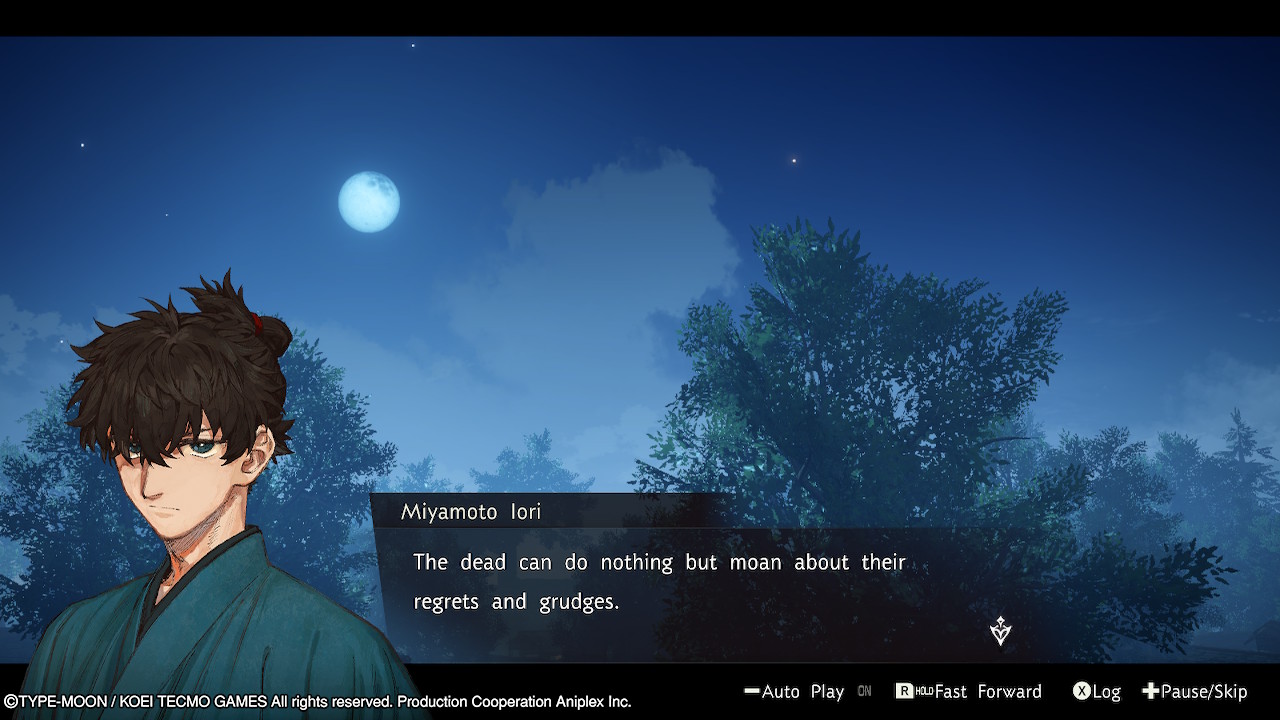
The setup is nice, providing loads of room for character improvement, narrative revelations, and people large anime battles the place all appears misplaced till reinforcements arrive within the nick of time. Who may be trusted? Who’s value allying with even when they’ll’t be trusted? It’s all a bit difficult to observe, truthfully, but it surely makes for a enjoyable narrative arc.
Everything of the sport takes place in quite a few cities throughout Edo in mid-Seventeenth century Japan, and Destiny/Samurai Remnant has accomplished the most effective job of city-building since possibly Ruli Metropolis from The Final Story on the Wii. Exploring the quite a few and richly detailed cities is lots of enjoyable if you first enter, and also you’re rewarded for locating gadgets and finishing duties as you do. You possibly can even pet the cats and canines, which is a factor as of late for some cause. Nonetheless, the Change does have some problem rendering all of those areas and actions; there’s lots of stuttering as you’re employed your manner by way of alleyways and city squares.
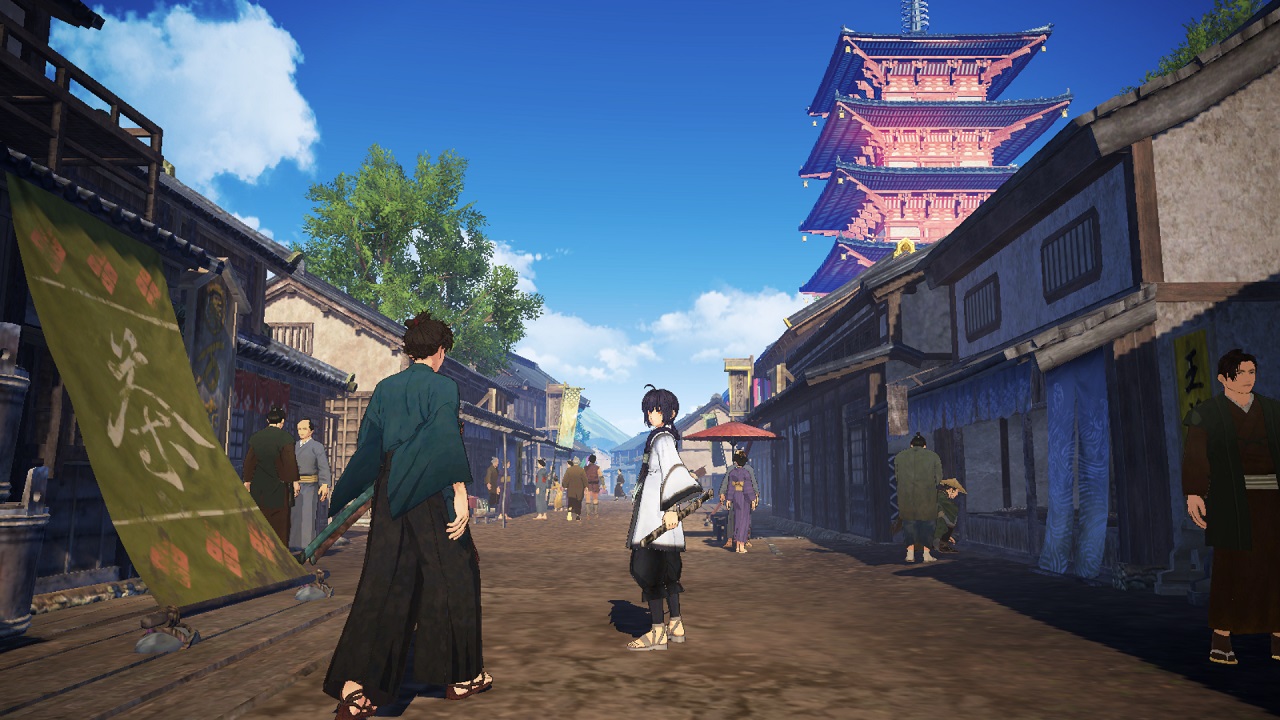
In fact, cities aren’t only for purchasing and retrieving misplaced gadgets. They’re additionally for fight, and that’s the place the Musou motion kicks in. Sort of. There are far fewer battles than followers might anticipate, they usually’re in opposition to fewer enemies. Nearly all of them really feel just like the officer battles within the Warriors video games; there are one or two tough enemies to take out, surrounded by a dozen or so grunts. Fight is generally dealt with by way of a sequence of Y and X assaults. The A button launches a extra highly effective assault if you’ve stuffed up its gauge. You realize the routine.
Till you don’t. Some enemies right here will construct up highly effective assaults that you must disrupt with a well-timed X assault. For those who’re caught in a sequence, you gained’t have time to launch it. You even have particular assaults (or buffs) which you can launch by holding the R button and choosing from the 4 abilities you’ve acquired and chosen. These are also gauge primarily based, with the extra highly effective choices depleting extra of the gauge. You possibly can replenish them with regular assaults or by consuming the best gadgets in case you have them. And really, as a result of you’ll be able to pause the battles to replenish well being with gadgets, it’s pretty straightforward to win even in the event you’re not terribly environment friendly at fight.
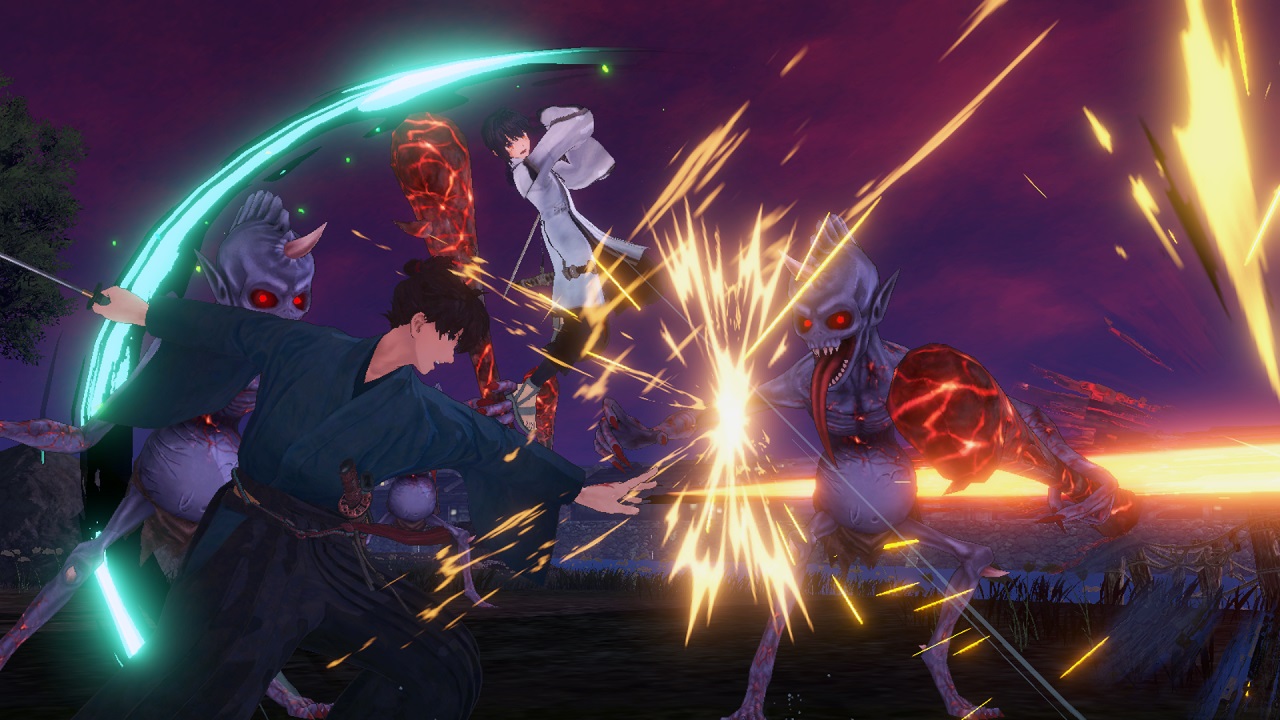
Lastly, your servant can launch particular assaults with the L button, and you may even let her (or him) take over the battle for a bit to unleash some actually wonderful injury. Managing all of that is key to battle effectivity, with quite a few elements coming into play. For instance, most bosses have a defensive layer that forestalls injury from regular assaults. Do you waste your servant’s assaults to crack that protection, or do you chip away at it along with your particular abilities, unleashing your servant to complete the bosses off solely after their defenses are gone.
Iori additionally has totally different stances to be taught and contemplate. Water is nice for assaults in opposition to hordes of enemies. Earth is best for protection in opposition to a single highly effective enemy. Wind incorporates magic into the assaults and is beneficial in opposition to monsters. Hearth and Void are nice for high and low well being, respectively, when you purchase them. Every of those assaults (together with commonplace stats comparable to protection, well being, assault, magic, and so on.) may be leveled up by way of talent timber for Iori and the varied servants.
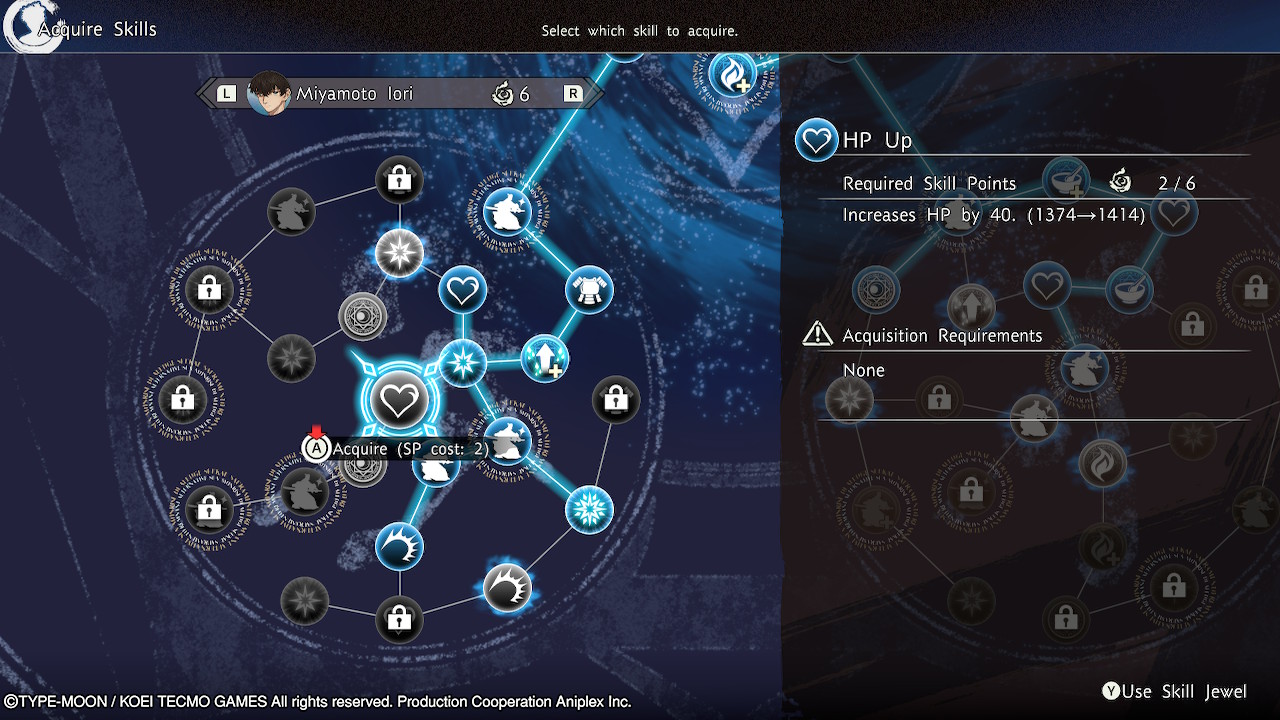
It’s loads to handle, however we’re not practically accomplished.
Iorio’s dwelling base may be leveled up, too, offering entry to totally different talents and power-ups. The weapons you purchase may be enhanced or damaged down for supplies to be put to make use of elsewhere. You possibly can play mini-games that briefly enhance your stats or present uncommon supplies. The story returns you dwelling with frequency, so it’s all the time clever to reap the benefits of these boosts when you’ll be able to. In fact, weapon and talent tree enhancements may be constructed from just about anyplace.

The sport loop principally strikes you from city to city for exposition, exploration, fetch quests, and fight. Fight areas are marked by crimson circles, so you’ll be able to reap the benefits of them to enhance your abilities and stats. Each on occasion you’ll get a serious boss battle with essential plot motion. In between, sadly, issues grow to be as repetitive as in a normal Musou recreation…till you hit a leyline.
When a brand new space is to be unveiled, you want to take away the detrimental vitality from it by connecting Leylines on the Non secular Lands Map in a turn-based board recreation style. Your “piece” strikes node by node, however the enemies are doing the identical to interrupt the chain between you and your base. You might have a sure variety of strikes to succeed in the aim, and the foundations or circumstances will typically change as you progress. New enemies arrive, new paths are found, and so on. You do get some talents to assist, comparable to sending your servant again to forestall the enemy from reaching your base, delaying the transfer counter so that you don’t run out of turns, or counting on the particular talents of any rogue servants you’ve acquired.
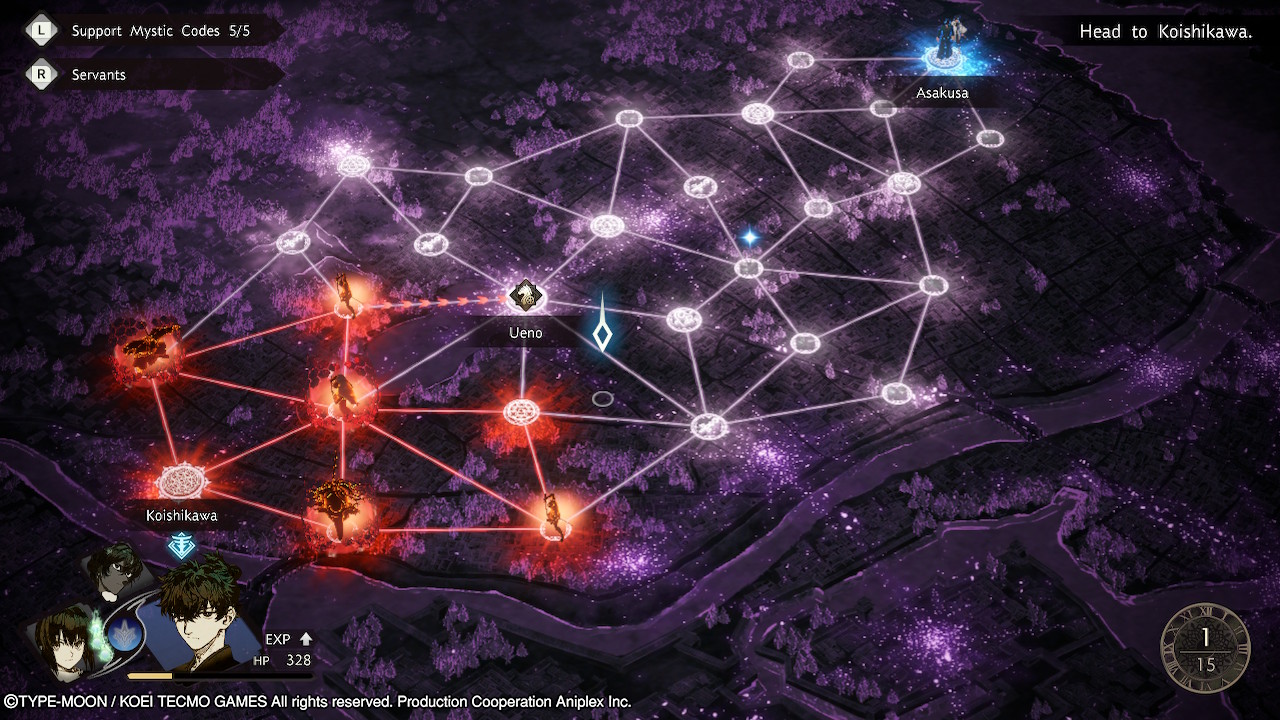
I initially preferred this shift in gameplay and tone. Because the Leylines received extra advanced, nevertheless, they began to get in the way in which, breaking any momentum the sport was constructing. For those who simply drop me in a city after an extended gameplay session, I’m all the time compelled to discover that city. Current me with a Leyline puzzle, nevertheless, and that meant closing-time.
So, the way you’ll really feel about Destiny/Samurai Remnant will largely rely on your total view of Omega Pressure’s Musou video games. For those who love the texture of the visceral, fixed fight, you probably gained’t get pleasure from this recreation’s deliberate pacing and lengthy gaps with little motion. If, nevertheless, you get pleasure from your preventing to be evenly blended with quest fixing and puzzle components, then Destiny/Samurai Remnant can be one of many higher video games you’ve performed this 12 months—and properly into the subsequent with the obtainable Enlargement Move.
[ad_2]
Source link


